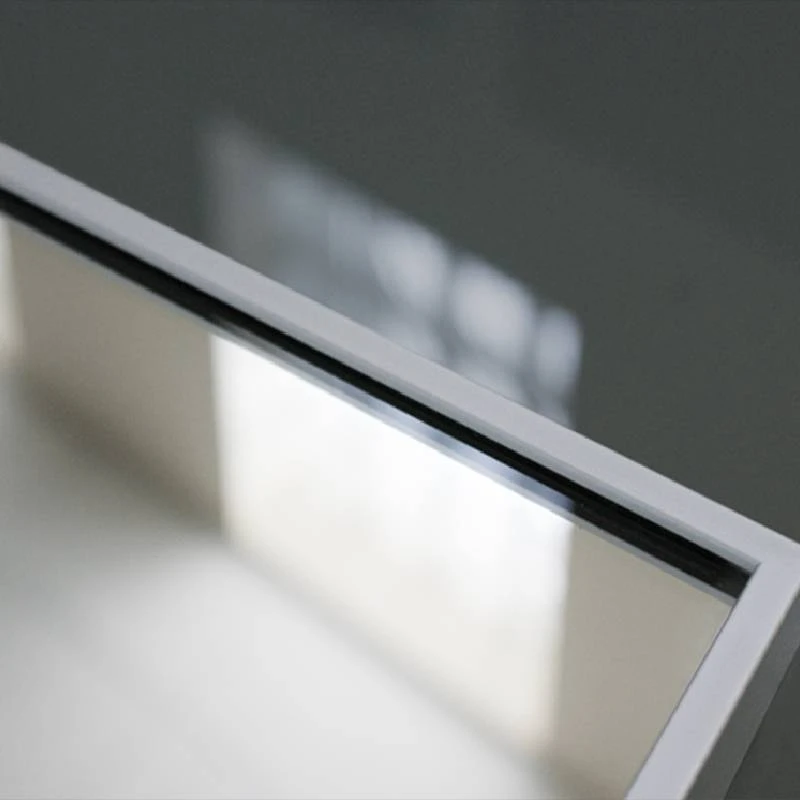

Understanding Solar Control Low-E Glass A Modern Solution for Energy Efficiency
In today's world, where energy conservation and environmental sustainability are at the forefront of architectural innovation, solar control low-emissivity (Low-E) glass has emerged as a pivotal element in modern construction. This specialized glass plays a crucial role in enhancing energy efficiency while maintaining aesthetic appeal and comfort in residential and commercial buildings.
What is Low-E Glass?
Low-E glass has a thin coating of metallic oxides, which helps to reflect infrared solar radiation while allowing natural light to enter buildings. The low-emissivity property refers to its ability to minimize the amount of infrared and ultraviolet light that can pass through the glass without compromising light transmission. This feature significantly reduces heat transfer, making it ideal for a wide range of applications, especially in climates experiencing extreme temperatures.
Solar Control Benefits
One of the most significant advantages of solar control low-E glass is its ability to regulate indoor temperatures. During the summer months, this type of glass reflects solar heat away from the building, reducing the reliance on air conditioning systems and, consequently, lowering energy costs. Conversely, in the winter, low-E glass can help retain heat generated within a building, decreasing heating demands.
Whether for residential homes, offices, or large commercial spaces, solar control low-E glass can effectively balance light and temperature, leading to improved overall comfort for occupants. This balance is particularly beneficial for spaces that require a lot of daylight without excessive heat gain, such as conference rooms, classrooms, or living areas.
Energy Efficiency and Environmental Impact
The use of solar control low-E glass contributes significantly to energy efficiency. By minimizing the need for artificial heating and cooling methods, buildings can significantly reduce their carbon footprints. Many governments and organizations have recognized this benefit, providing incentives for incorporating energy-efficient materials in construction.

Moreover, lower energy consumption not only leads to reduced utility bills but also helps in conserving natural resources. For instance, using solar control low-E glass can decrease the reliance on fossil fuels, subsequently reducing greenhouse gas emissions and aiding in the fight against climate change.
Enhancing Comfort and Aesthetics
In addition to energy savings, solar control low-E glass enhances the comfort of interior spaces by reducing glare and preventing hot spots caused by direct sunlight. This is particularly beneficial in locations where large windows are used to take advantage of scenic views without the discomforts associated with excessive sun exposure.
Furthermore, this type of glass comes in various aesthetics, including different tints and opacities, allowing architects and designers to create visually appealing designs. It can be combined with other materials and styles, enabling it to fit seamlessly into diverse architectural types, from modern to traditional.
Regulatory Standards and Performance Ratings
Solar control low-E glass meets various performance standards that ensure its efficiency and effectiveness in energy conservation. Many manufacturers provide transparent performance ratings, often based on Energy Star guidelines, which can help consumers make informed choices. This transparency aids architects and builders in selecting the appropriate glass for different climate zones, making it a versatile material for sustainable design.
Conclusion
In conclusion, solar control low-E glass is an innovative solution that addresses the modern demands of energy efficiency, comfort, and design. Its ability to minimize heat transfer while allowing natural light to flood into spaces makes it an ideal choice for contemporary buildings. As the construction industry continues to evolve toward more sustainable practices, materials like solar control low-E glass will play a vital role in shaping our built environment, ensuring that we can enjoy the benefits of natural illumination without sacrificing energy performance or comfort.
As consumers and builders alike become more aware of the importance of energy-saving solutions, investing in solar control low-E glass can set the foundation for sustainable living while enhancing the overall quality of our built spaces.